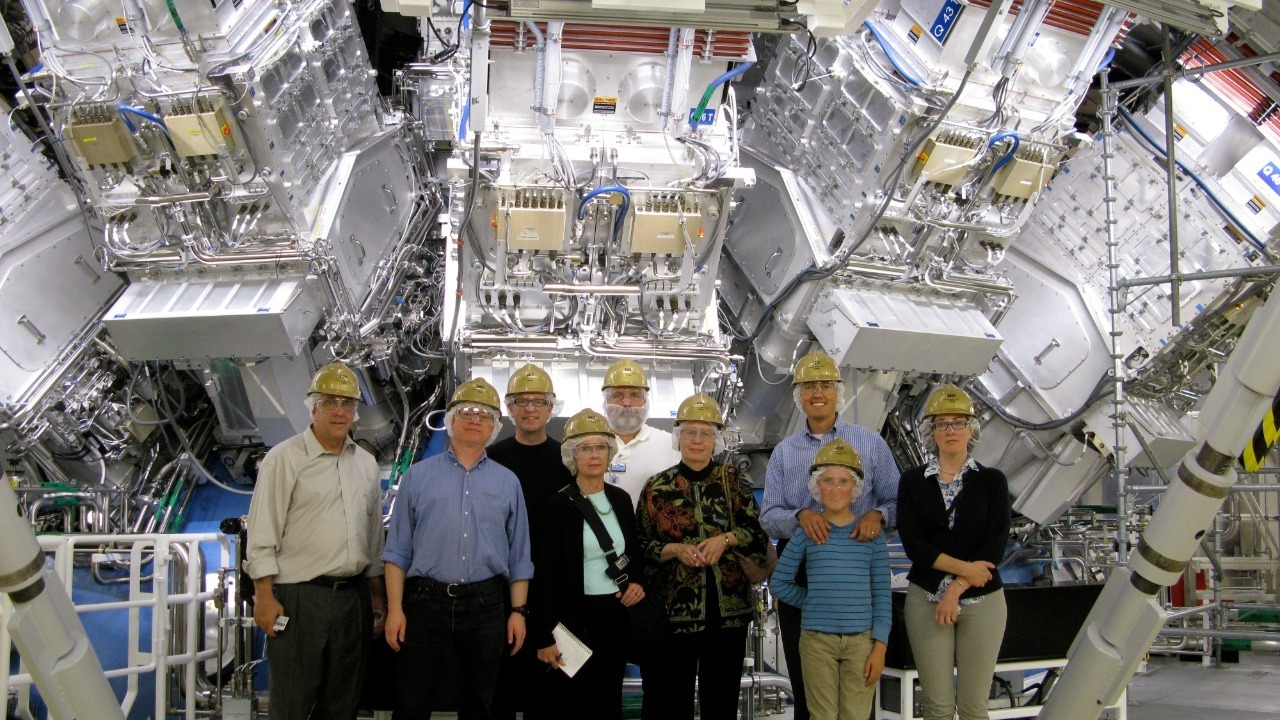
In a significant stride towards sustainable energy, British scientists have recently made a major breakthrough in nuclear fusion, using lithium plasma in a tokamak device. This development is part of a broader quest for the ‘ultimate’ power source, a journey that has seen innovative steps such as Bill Gates’ highlighting of a geothermal project in Utah and the extraction of electricity from thin air through evaporation.
Nuclear Fusion: A Path to Unlimited Clean Energy
On October 17, 2025, a team of UK scientists celebrated a significant milestone in the field of nuclear fusion. This achievement marks a significant step forward in the quest for sustainable power. The team’s success lies in their use of lithium plasma within a tokamak reactor, a method that has shown promise in stabilizing fusion reactions.
According to reports, the use of lithium plasma in a tokamak device has been instrumental in this breakthrough. The lithium plasma plays a crucial role in maintaining the stability of the fusion reactions, thereby increasing the potential for sustained energy production. This development could have far-reaching implications, potentially paving the way for a near-limitless supply of clean energy that could replace fossil fuels.
The Latest Advances in Fusion Research
The recent announcement of a breakthrough in the quest to unlock the ‘ultimate’ power source has brought the potential of fusion energy into sharp focus. This development builds on the UK scientists’ efforts to achieve a net energy gain by containing high-temperature plasmas, a significant challenge in fusion research.
One of the key hurdles overcome in this research was maintaining plasma stability over extended periods in tokamak designs. The success in this area is a testament to the progress made in fusion research and brings us one step closer to realizing the dream of unlimited clean energy.
Geothermal Power from Deep Earth
While fusion research is making strides, other innovative energy solutions are also being explored. One such example is the deep-earth geothermal project in Utah, which was highlighted by Bill Gates in his September 2025 notes. This project taps into a power source located 15,000 ft below the ground, extracting heat from deep geothermal reservoirs to generate clean electricity.
The technology used in this project offers a scalable approach to energy production, providing a reliable, weather-independent source of power. This could be particularly beneficial in regions like the western United States, where the geothermal potential is high.
Harvesting Electricity from Ambient Sources
In another innovative step towards harnessing ambient energy sources, scientists have demonstrated the ability to pull electricity out of thin air. This breakthrough, reported in Popular Mechanics in August 2025, involves the use of evaporation processes to generate electricity.
The concept, known as evapoelectricity, converts water evaporation into an electrical current without the need for mechanical parts. This method could have wide-ranging applications, particularly in humid environments or when integrated with existing infrastructure for passive power generation.
Key Players and Collaborative Efforts
These advancements in energy research are the result of the efforts of various key players and collaborations. Bill Gates, for instance, has played a significant role in funding and promoting deep-earth geothermal projects, as evidenced by his commentary on the potential of Utah’s geothermal resources.
Similarly, the breakthrough in fusion research was achieved through the contributions of British scientists and involved international collaborations. The demonstration of evapoelectricity, on the other hand, was the result of the efforts of academic and government teams.
Challenges and Next Steps in Power Innovation
Despite these significant advancements, challenges remain in the quest for the ‘ultimate’ power source. In nuclear fusion, for instance, technical hurdles such as achieving sustained reactions and ensuring material durability under extreme conditions need to be addressed, building on the UK breakthrough.
Deep geothermal projects, like the one in Utah, also face environmental and economic barriers, as highlighted in Bill Gates’ insights. Additionally, the scaling of ambient electricity technologies, such as the air-harvesting method demonstrated in August 2025, will require significant funding and time.
Broader Impact on Global Energy Transition
The recent fusion breakthrough and other advancements in energy research could have a profound impact on the global energy transition. By providing a potential solution for decarbonizing electricity grids worldwide, these developments could significantly accelerate our shift towards sustainable energy.
Moreover, the synergies between fusion, geothermal, and evaporation-based sources could lead to a diversified clean energy portfolio. In the long term, these advancements could reduce our reliance on intermittent renewables and enhance energy security, marking a significant step towards a sustainable future.
More from MorningOverview